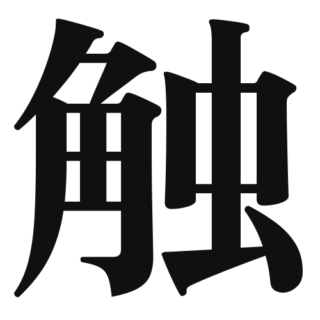 N2
N2 触
1. Overview of MeaningThe kanji "触" (shoku) means "to touch" or "to feel." It conveys the idea of physical contact or in...
 N2
N2 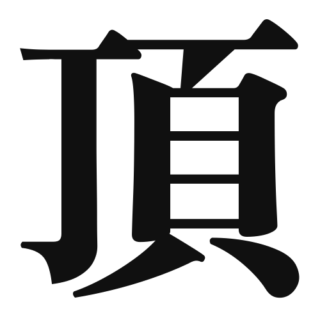 N3
N3 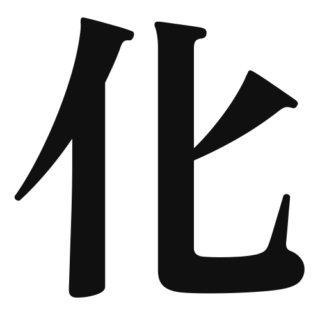 N3
N3 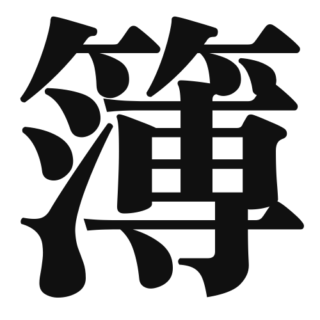 N1
N1  others
others 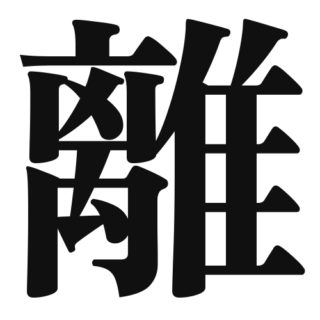 N1
N1 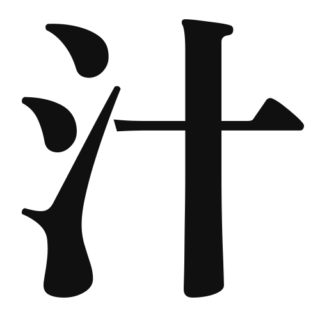 N1
N1 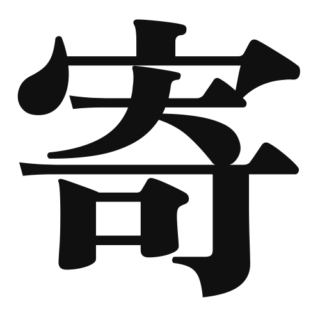 N3
N3 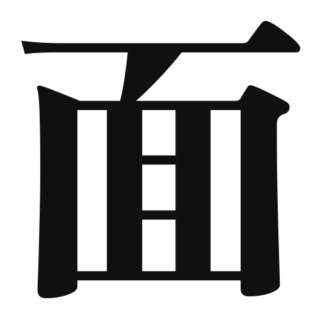 N3
N3 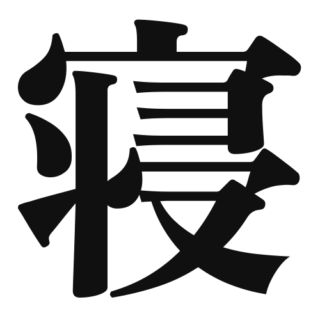 N3
N3